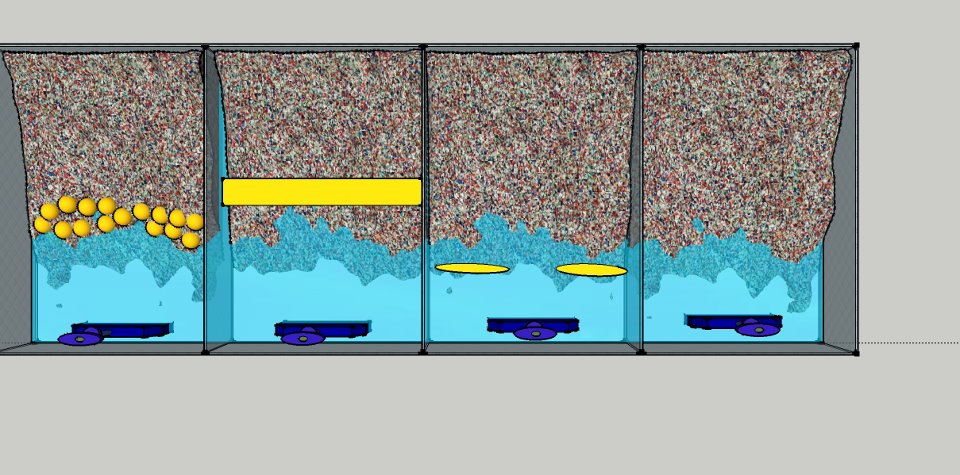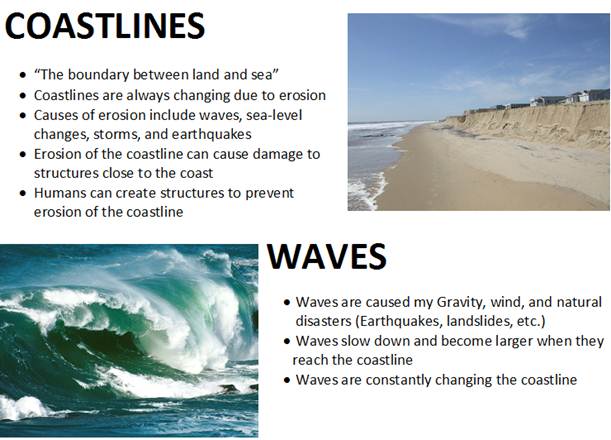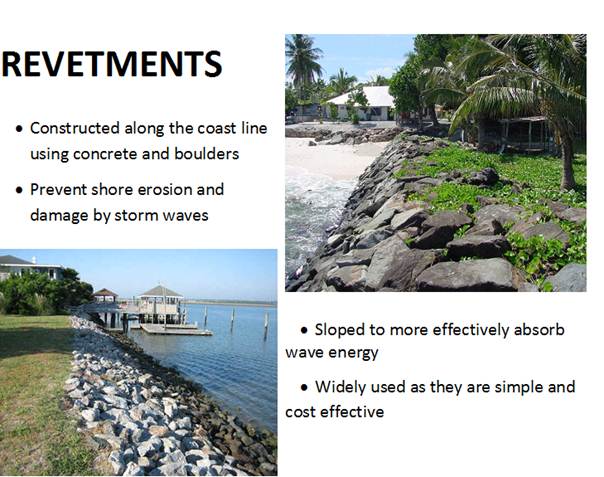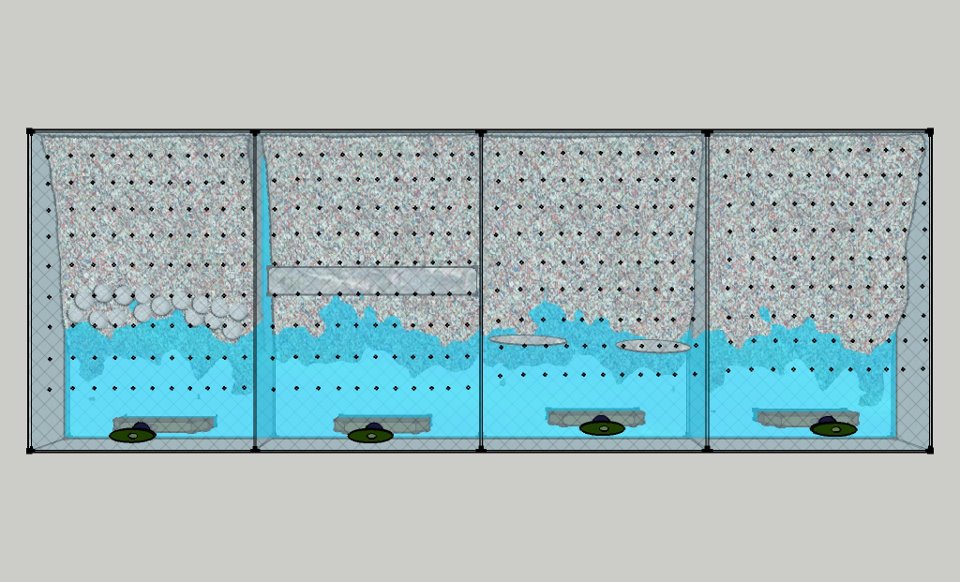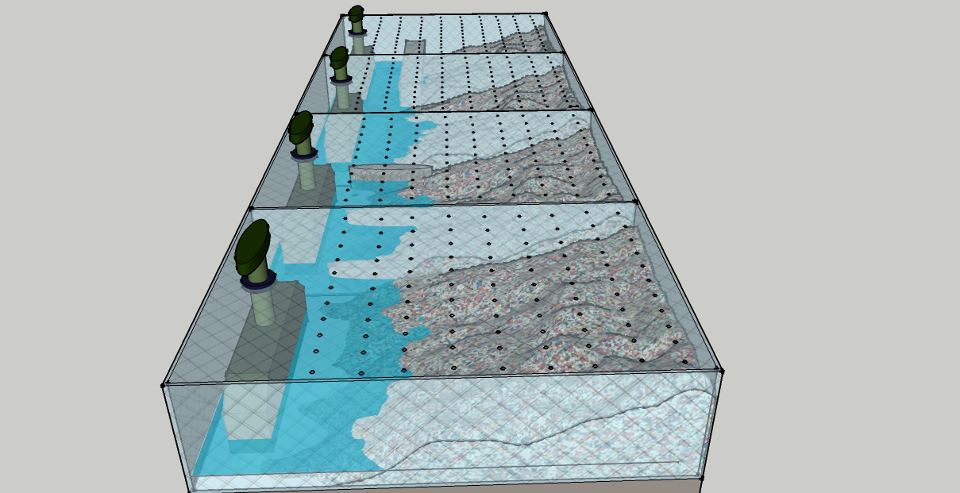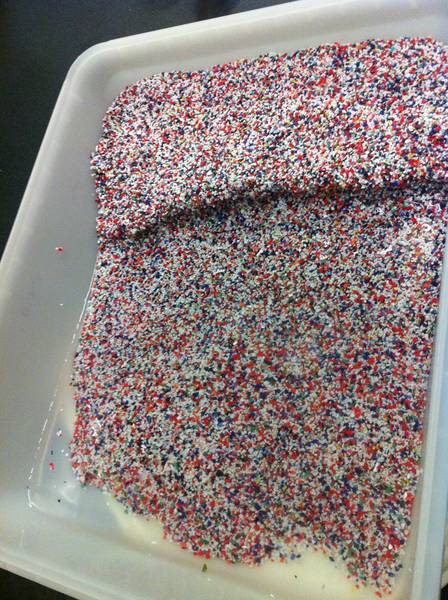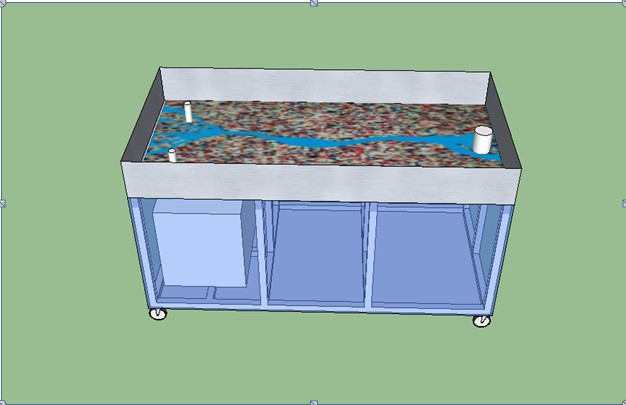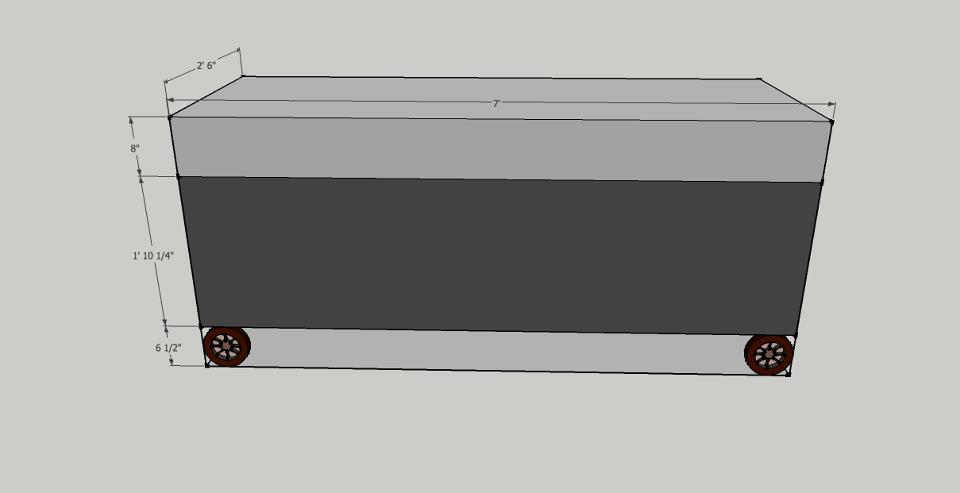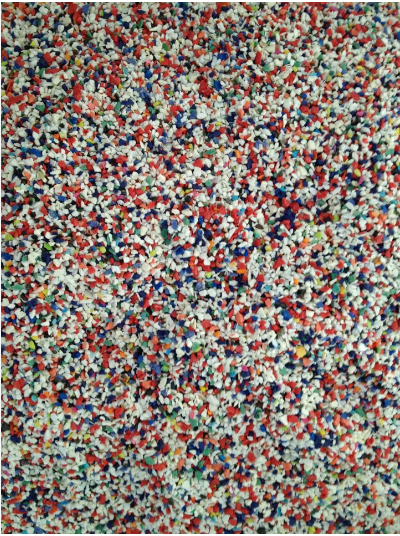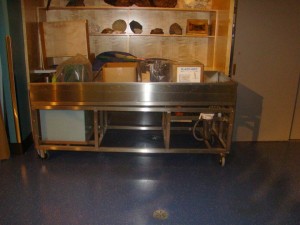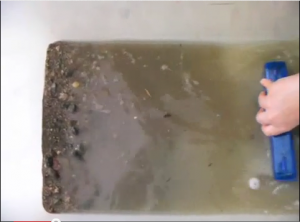Introduction To The Group
Date: 2012/01/19
It has been our honor to be assigned to the project, Science World Stream Line Project. We are excited by the opportunity to work with Science World through CIVL 202 at UBC. We are looking forward to exercising our technical and academic knowledge of fluid mechanics on a hands-on project. The purpose of this first post is to introduce the team and touch base on the project outline.
Name of the Organization: Science World at TELUS World of Science
Title of the Project: Science World Stream Table
Our Contact Info:
Mila Cotic
mcotic@scienceworld.ca
604-443-7565
Group members are so excited about this project, so they are so eager to introduce themselves.

From Left :Jack Crabtree Saman Hashemi Julie Park Jordan Kwun
Alyssa Schultz Hua Wu
Alyssa Schultz (Team Leader)
“I am from North Vancouver and have been studying engineering at UBC for two years. Although I am enjoying all aspects of civil engineering, I am particularly interested in fluid mechanics and look forward to applying my knowledge of this discipline to this project at Science World.”
contact info: 604 928 3342
Jack Crabtree (Client Liaison)
“I am from Calgary and I am currently in my second year at UBC. While I am mostly interested in the transportation portion of civil engineering, I enjoyed our fluid mechanics and earth sciences classes last semester, and I am looking forward to applying concepts learned in those classes to this project.”
contact info: 403 512 5101
Saman Hashemi (Mentor and Instructor Liaison)
“Hello, I am an enthusiastic civil engineering student. I am greatly passionate about civil engineering applications and interested in practicing and gaining more experience in this field. I highly appreciate the hydraulics branch of civil engineering and look forward to this interesting project that is closely related to this branch of civil engineering.”
contact info: 778-9605036
Yerim Julie Park (Secretary)
” Hello, I live in downtown near stadium station. I am in second year of civil engineering and currently enjoying and considering all aspects of civil engineering. I am looking forward to apply what I learned so far to this project.”
contact info: 604-785-2304
Jordan Kwun (Document Coordinator)
“I was born and raised in Vancouver, BC. I am currently a second-year civil engineer studying at UBC. As civil engineering covers such a wide field, I am uncertain where my studies will… take me in the future. However, I find the applications of hydro-technical engineering very relevant and vital to society. I hope to gain a wider perspective of the field through this community service project.”
contact info: 604-916-8408
Hua Wu (Blogger)
“I was born in ShenZhen, China. This is my first year in UBC and I am trying to learn more to be a qualified civil engineer. It is so fun to study on something that people walk on and live in every day and it will also be a great challenge to built something that people walk on and live in in the future. Stream line sounds more about fluid mechanics which is one of my favourite part in civil courses. I am expecting to have a good time with my colleagues on this project”
contact info: 604-379-7244
Mentor Info:
Mike Lindgren
mmlindgren@gmail.com
778.888.9252
Here is some basic information about our project:
“The Sara Stern Gallery allows visitors to interact with the natural world. The stream table was intended to be a keystone interactive exhibit in the Rock Area and to model stream dynamics on sediment. The exhibit was eventually removed as the dispersal of grit was causing damage to surrounding areas, and the electrical cord and water displacement were a safety and maintenance issue. Science World is planning 6on modifying the stream table to contain the grit, or convert it to a dry sediment exhibit. The CSL Civil Engineering project would entail making recommendations for improvements, and provide the detailed drawings of these recommendations.”
Deliverables would include an exhibit conceptual design, and detailed design drawings (level of detail to be determined in conversation with Mila and others). (student team may be able to sit in on the portion of CIVL 300 that reviews Sketch-Up).
So, this is our first blog of the project. Our first meeting with our principle contact, Mila Cotic, is arranged on tomorrow. It is the time to know exactly what we need to do in this project. Hopefully it will go well. This blog was created by Hua Wu on 2012/1/19.
Introduction ends.
